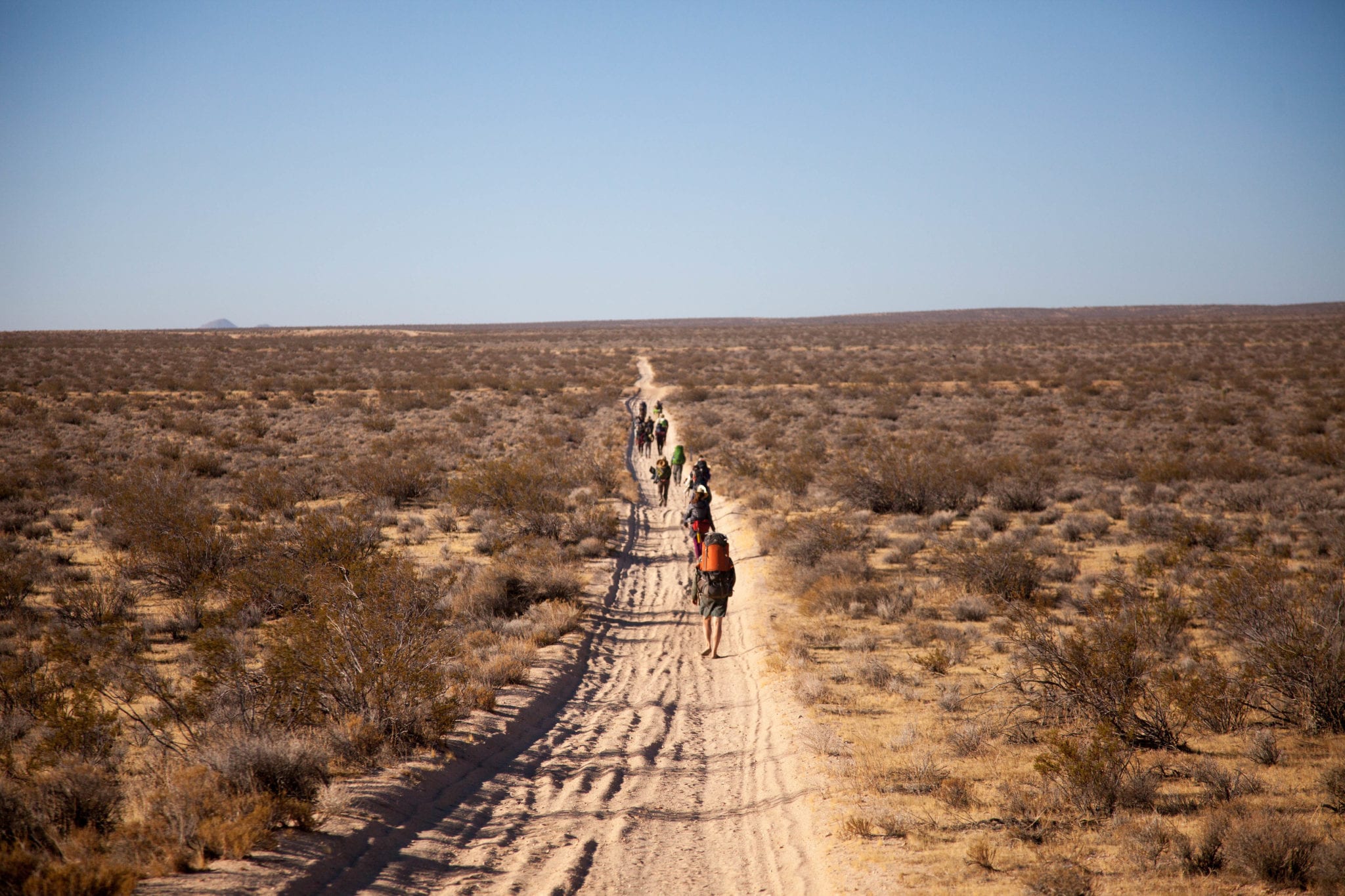?There it is. Take it.? (William Mulholland, opening the gates to the Los Angeles Aqueduct, 1913)
Water is a big deal here in California. It is not just about the presence or lack of rain (although that is important). For over 100 years, huge amounts of water have been diverted from the Central Valley and the Colorado River to provide water for Los Angeles and surrounding areas. In Reflection: A Walk with Water, filmmaker Emmett Brown joins with a group to walk the entire length of the Aqueduct from what is now the dry Owens Lakebed to the Cascades coming down the mountains into the city. Along the way he and others consider what this rerouting of so much water has cost the land. The film is premiering at the Tribeca Film Festival.

The film begins with a walk on what used to be Owens Lake (and is now the largest single source of dust pollution in the US). In many ways this redirection of water to a population center has had enormous environmental consequences (which are adding to and exacerbated by global climate change). But Brown says he wants to focus on signs of hope?ideas that may serve to mitigate the damage done. We see plans to ?slow down water?, i.e., keep it from running to the sea as quickly as possible. We also learn about helping the soil better use the water that is available. There are other aspects of change he highlights as well.
This is a film that will appeal to environmentally minded people. It brings in issues of the way we have pillaged nature, ideas for doing things better, reflects on the treatment of indigenous peoples, and challenges viewers to see possibilities for change. But in the end, this is really a sermon for the choir. Nearly everyone who will opt to watch this movie will probably already be in harmony with its concepts and vision. It will reinforce existing ideas, but I doubt it will make any converts.

While I like the ideas of change, the problem with the examples we have is that they are all small-scale operations. Even if replicated many times as the film suggests, they would only represent a drop of water in the 200 mile long aqueduct. They are nice to consider, but compared to the massive undertaking that resulted in the LA Aqueduct, these are miniscule.
The film also ignores the elephant in the room of water in California?politics. Water is not just a matter of environmental importance in California; it is the basis of ongoing fights between cities and rural farming. California water policy is battled over every few years?especially in increasingly frequent drought years.
Reflection: A Walk with Water serves to bring some of these environmental issues to our attention. It offers ideas that some may want to incorporate into their own lives. It offers us an opportunity to reflect on some of the spiritual aspects of the ecology (mostly from a Native American spirituality). It is a small voice speaking to a very large issue.




